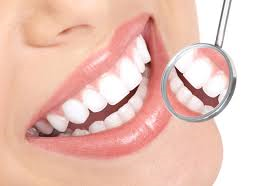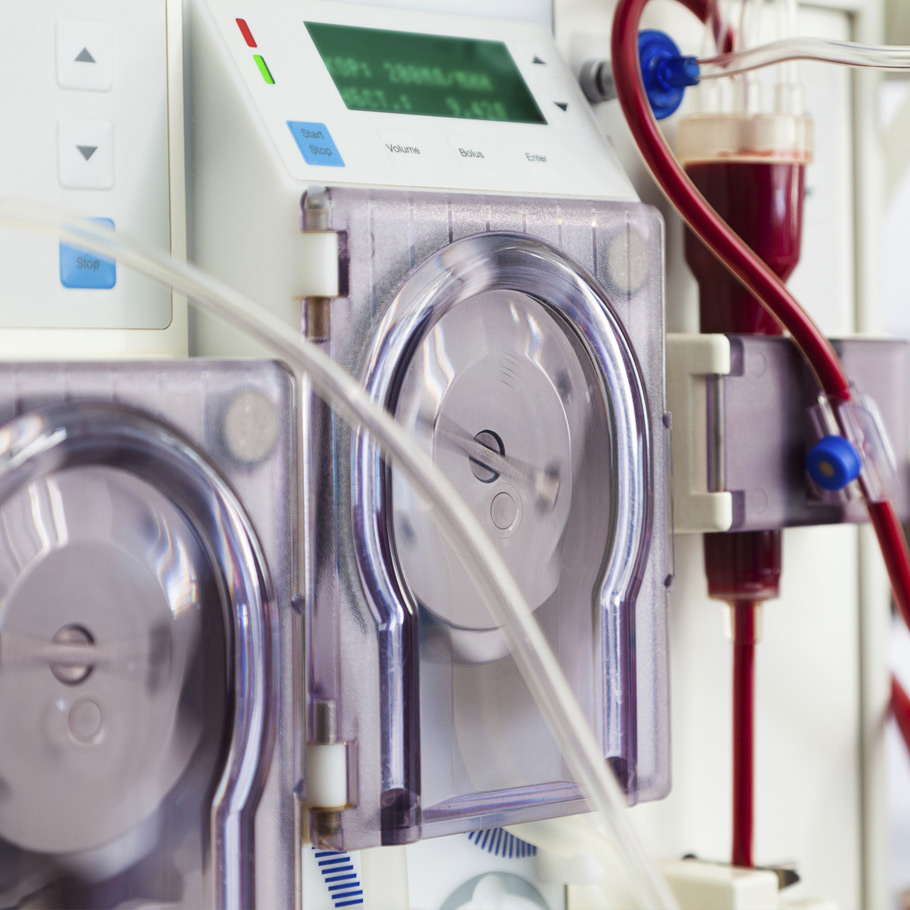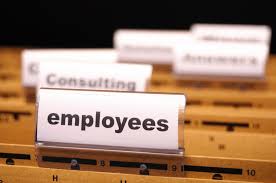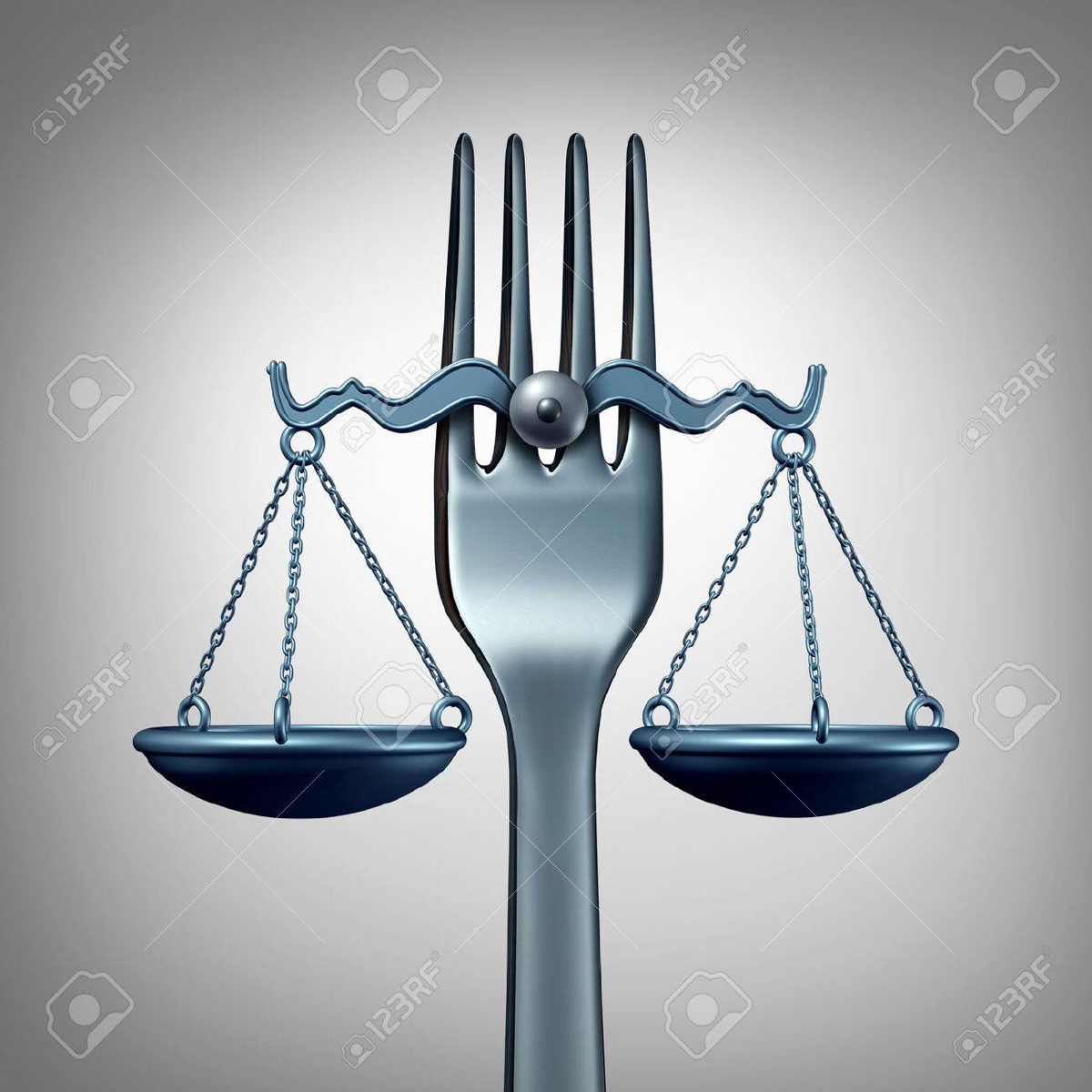Title Page
-
Conducted on
-
Prepared by
-
Location
-
Modalities observed:
-
If other, specify:
Observations
Hand Hygiene
-
Alcohol based hand rub (ABHR) available
-
Soap and water available
-
Staff know when the use Soap versus ABHR
-
Performed before patient contact
-
Performed after patient contact
-
Other:
Transmission Based Precautions
-
Gloves readily available
-
Gowns readily available
-
Masks readily available
-
Eye protection available
-
Appropriate use of PPE demonstrated
-
Don PPE appropriately
-
Doff PPE appropriately
-
Universal masking
-
Respiratory etiquette signage in place
-
Standard precautions observed for all patients
-
Appropriate precautions implemented for indicated precautions (.e. enteric, neutropenic, airborne, droplet, etc.)
-
Process for potential/confirmed respiratory infectious disease
-
Staff can state what to do for accidental exposure to transmissible pathogens
-
Other:
Environment
-
Patient care surfaces disinfected between patients
-
Appropriate surface disinfectants are used
-
Wet times appropriate for disinfectant
-
Patient care area free of dust accumulation
-
Care areas free of clutter
-
Air vents free of dust accumulation
-
Clean rooms positively pressured
-
Soiled rooms negatively pressured
-
Aerosolizing procedures conducted in negative pressure room
-
Biohazardous waste is managed appropriately
-
Pharmaceutical waste is managed appropriately
-
Sharps disposal management appropriately
-
Battery disposal managed appropriately
-
Hazardous materials are managed appropriately
-
Mainstream trash is managed appropriately
-
Clean linens are covered
-
Biomedical Equipment has a current Preventive Maintenance (PM) Sticker date
-
Equipment is clean (free of dust and debris)
-
Other:
Point of Care Testing
-
There should be no evidence of grime, dirt, adhesive marks, or blood left on the device, case or supplies
-
Devices and cases are cleaned after every use
-
Reagents dated per manufacturer's instructions for use
-
Other:
Procedure Rooms / Instruments
-
Appropriately "restricted" or "semirestricted"
-
Traffic controlled during procedures
-
Temperature and humidity monitored & documented
-
Surgical attire, if required, managed appropriately
-
Appropriately turnedover between patients
-
Terminally cleaned/logged
-
Positively pressured (unless bronchoscopy or other aerosolizing procedure)
-
Instruments for reprocessing rinsed at point of use
-
Instruments for reprocessing kept moist with enzymatic spray until transported to SPD
-
Instruments for reprocessing transported in rigid, covered biohazardous labelled container
-
Sharps discarded prior to transport
-
Other:
HighLevel Disinfection
-
Instruments for HLD are processed initially at point of use
-
Instruments are transported for HLD appropriately
-
HLD quality controls are documented for the sterilants used
-
HLD lot numbers and indicators are documented (logged) as applicable
-
Bidirectional traceability documentation is present as applicable
-
After HLD, instruments are stored in a manner that protects their disinfection
-
Other:
Clean Storage
-
Temperature and humidity monitored & documented
-
Room is positively pressured
-
Pouched sterilized instruments are stored appropriately
-
Processed scopes (TEEs) are stored appropriately; and storage cabinet is free of dust and debris
-
Only clean items/equipment are stored in this area
-
The room is free of dust, dirt, grime, etc
-
Scopes are labeled with process date. Per hospital procedure, are reprocessed at least every 14 days
-
No expired supplies
-
Other:
















